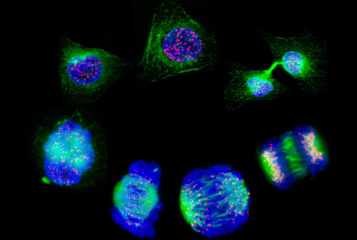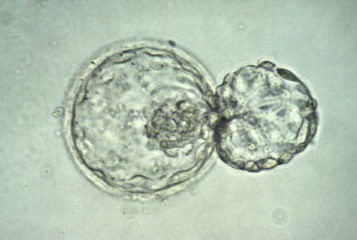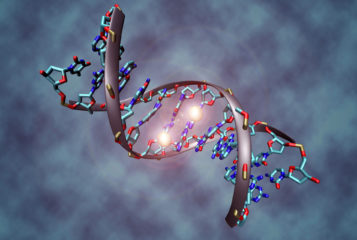Cell atlas of the human ovary published
Researchers have developed the first-ever spatial map of all the different cell types that make up the human ovary...
Gene expression is the process of converting the information contained in a gene into the gene product. The DNA of the gene is first transcribed into RNA, which is then either translated into a protein or remains as an RNA molecule. The expression level of a particular gene can be turned ’up’ or ‘down’ in different cells at different times, as required.

Researchers have developed the first-ever spatial map of all the different cell types that make up the human ovary...

by Yan Lau
Changing the expression of a specific protein can significantly improve the performance of immune-cell-based cancer therapies, according to two separate studies published in Nature...

Inactivating a gene that codes for a protein involved in early mouse development results in the formation of two extra hindlimbs in the place of external genitalia...

Organoids grown from testicular cells of young mice have shown characteristics of normal mouse testes and have potential to produce sperm...

by Jen Willows
A gene variant that affects appetite control could lead to new strategies for treating obesity...

by Jake Knox
A new driver of ovarian development, contributing to sex-specific organ differences, has been identified...

A new method of determining a person's 'biological age' by examining modifications to their DNA has been unveiled...

A blood test taken in the first trimester of pregnancy to measure cell-free DNA methylation can help to predict the risk of preterm pre-eclampsia...

by Jake Knox
A blood test that can discriminate between multiple infectious or inflammatory diseases could improve diagnosis and treatment for ill children...

Mitochondrial genes in the heart, kidney, liver and lymph nodes are downregulated following COVID-19, findings in humans and mice have shown...
BioNews, published by the Progress Educational Trust (PET), provides news and comment on genetics, assisted conception, embryo/stem cell research and related areas.

